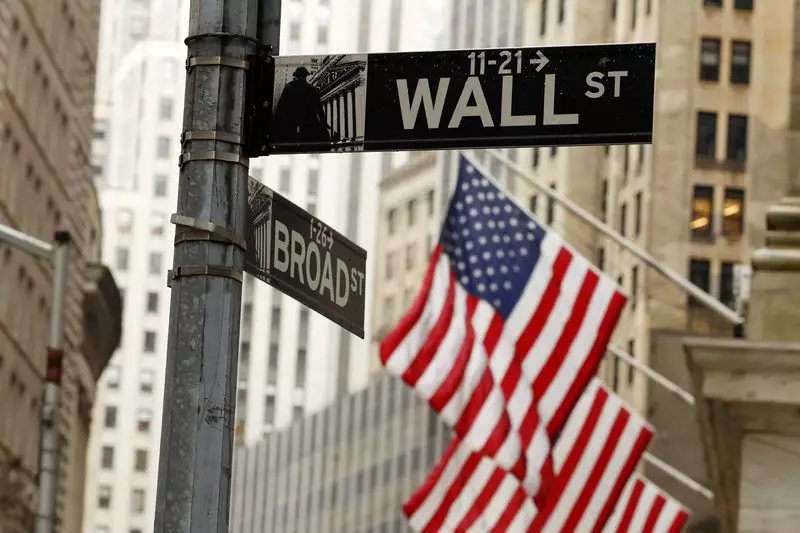As we usher in the new year, the financial landscape has taken on new dimensions, showing both promise and caution. The rise in U.S. stock index futures indicates a positive outlook, but there’s more to the story beneath the surface. Investors and analysts alike are grappling with the implications of shifting political dynamics and anticipated monetary policy changes that could shape the trajectory of the economy and the stock market.
As the market gears up for the first trading sessions of 2025, stock index futures have shown a slight upward trend. Specifically, at a recent check, the Dow E-minis, S&P 500 E-minis, and Nasdaq 100 E-minis recorded gains of 198 points, 34 points, and 160.25 points, respectively. This shift can be attributed to a mixture of optimism about a reformed political landscape under President-elect Donald Trump and expectations surrounding interest rate cuts. The anticipation surrounding these potential economic conditions may invigorate corporate performance—but risks remain integral to the narrative.
In 2024, Wall Street closed with exceptional gains, marking the best two-year performance for the S&P 500 since 1997-1998. This remarkable growth was primarily driven by the Federal Reserve’s decision to ease interest rates for the first time in four years, investor enthusiasm for advances in artificial intelligence, and optimism regarding the new administration’s economic policies. Nevertheless, the financial context remains fragile, particularly with inflation still hovering above the desired benchmarks.
Although recent performance has driven equity valuations above long-term averages, the sustainability of such optimism is beckoning scrutiny. Analysts suggest that if corporate earnings remain robust, current valuations can be justified. Notably, forecasts predict an increase of approximately 10.67% in earnings per share for S&P 500 companies throughout 2025, as compiled by LSEG. Expectations scale upward, projecting the S&P 500 could achieve levels between 6,000 and 7,000 points, which compels investors to weigh the potential for further growth against looming uncertainties.
Yet, while growth prospects shimmer, concerns surrounding potential inflationary pressures exist. Key to this is the skepticism surrounding Trump’s proposed economic changes. Markets have recently displayed hesitance, reflected in December’s declines even after substantial gains achieved earlier in the year. Traders are now deliberating the implications of easing regulations and tax cuts that may induce inflation, alongside the stark reality that inflation rates are forecasted to persist above the Fed’s 2% target.
In the context of monetary policy, all eyes remain glued to the Federal Reserve’s forthcoming decisions as interest rates are projected to hold steady in the near term. Anticipation looms not only around the central bank’s next steps but also about the potential for an aggregate reduction of rates amounting to 50 basis points before the year concludes. The stakes are high as traders calculate the existing tension between maintaining an economic expansion and navigating the risks associated with new financial policies.
Investor sentiment is caught between a “goldilocks” scenario of favorable tax policies and risks of renewed trade conflicts that could once again destabilize the market. According to financial experts, including Susannah Streeter from Hargreaves Lansdown, the possibilities of trade wars pose a significant threat that could capitalize on existing market vulnerabilities. If these tensions come to fruition, it could disrupt the otherwise buoyant performance of the stock market, raising the prospect of bearish trends resurfacing.
As trading progresses, market participants are eagerly awaiting reports on jobless claims and manufacturing activity to refine their strategies. These statistics, along with forthcoming labor market data, promise to provide clearer insights into economic health and market direction. Additionally, notable movements among major tech stocks support the recent advancements, with companies such as Tesla, Meta, and Amazon witnessing bullish trends.
While the new year brings fresh optimism for market performance, spurred by political changes and potential monetary policy easing, significant risks remain on the horizon. Investors will need to maintain a delicate balance in navigating the uncertainties of 2025 as they face both opportunity and the specter of volatility. The economic narrative is complex, and how the market reacts will ultimately depend on numerous variables in the months ahead.

